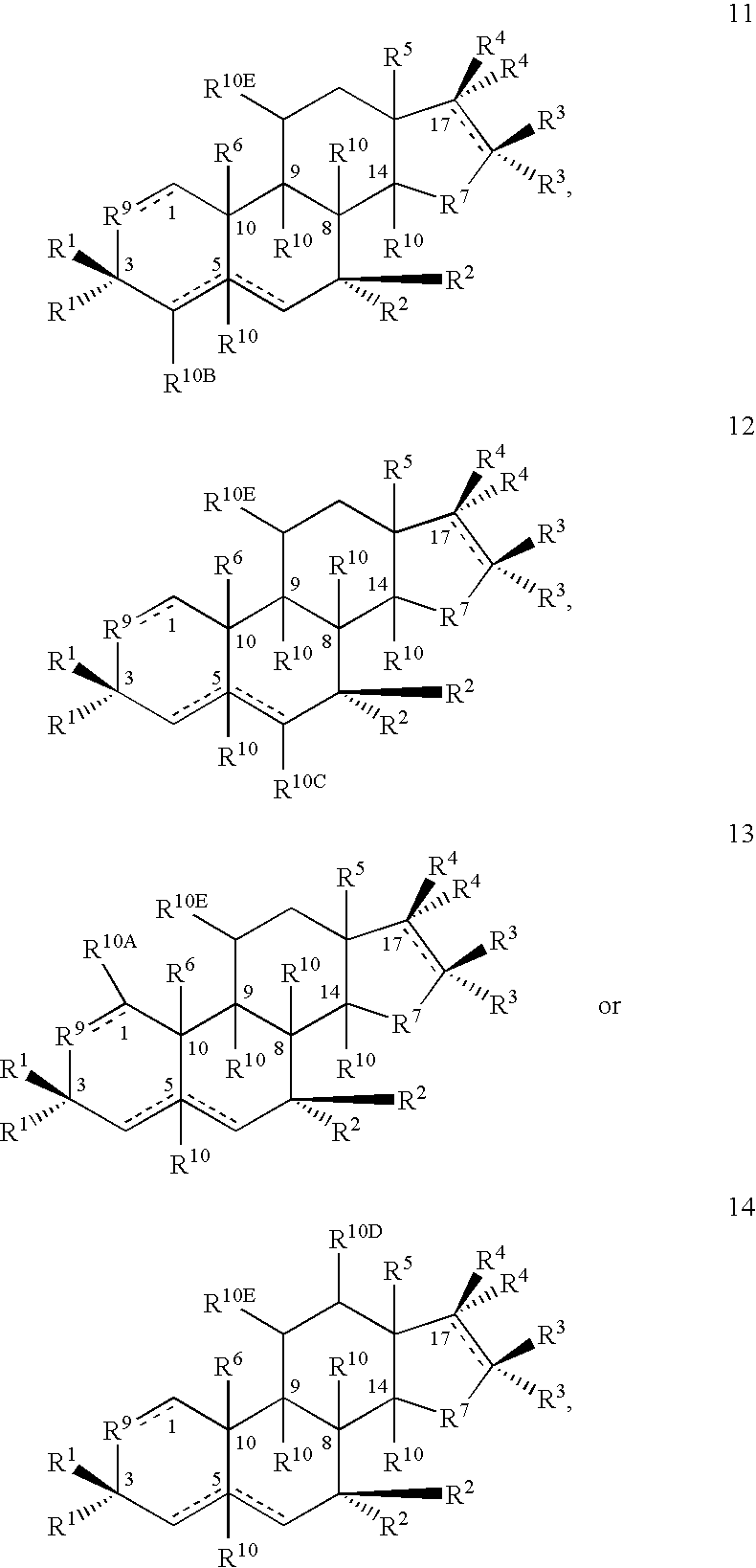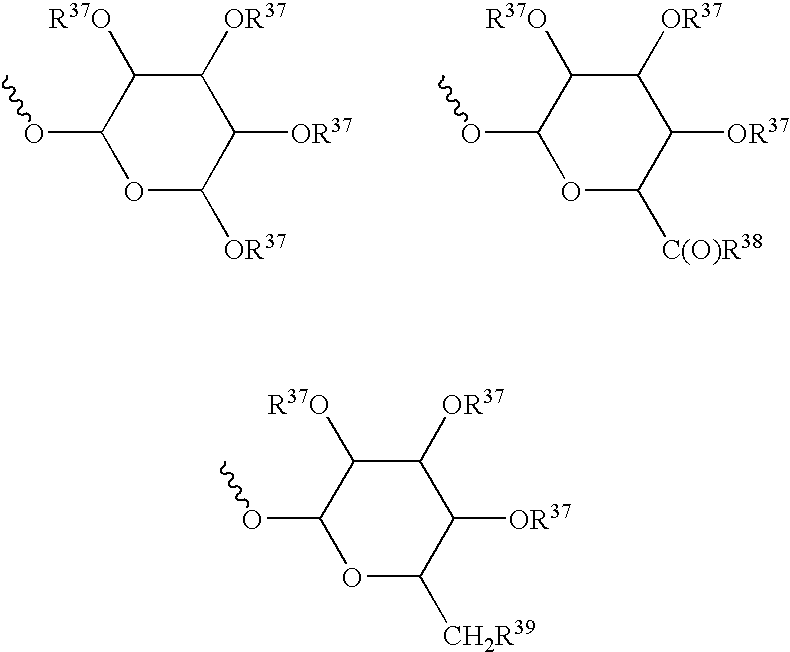Sepsis Treatment Methods
a treatment method and technology for epilepsy, applied in the field of epilepsy treatment methods, can solve the problems of compounding serious limitations, affecting the immune system or other organs of the host, and affecting the immune system
- Summary
- Abstract
- Description
- Claims
- Application Information
AI Technical Summary
Problems solved by technology
Method used
Image
Examples
example 1
[0776] Treatment of cytopenia. Primates treated to induce neutropenia or thrombocytopenia are used to characterize their response to treatment with a F1C. Mitigation of cytopenia, e.g., neutropenia or thrombocytopenia, by the F1C is observed. In an exemplary protocol, Cynomolgus monkeys of about 3.5-8 years of age and weighing about 2.5 to 8 kg are dosed at 35 mg / kg with carboplatin (sterile 10 mg / mL solution in 0.9% sodium chloride) by intravenous infusion over 30 minutes. Beginning at 1 or 2 days after the carboplatin infusion, each animal is dosed once daily or once every other day with the F1C for 1, 2, 3, 4, 5, 6, 7, 8, 9 or 10 days, e.g., once per day for 5 consecutive days beginning 2 days after carboplatin infusion. The F1C is in a suitable sterile solution or suspension formulation in suitable excipients, e.g., a suspension containing 0.1% w / v carboxymethyl-cellulose, 0.9% w / v sodium chloride and 0.05% v / v phenol. The suspension contains micronized F1C. Control animals rece...
example 2
[0777] Treatment of ionizing radiation exposure. The effect of selected F1Cs on survival of lethally-irradiated female B6D2F1 mice were compared to control animals treated with vehicle alone. The animals were exposed to 10 Gy of total body irradiation at 2.5 Gy / min using a 137Cs source. Groups of 12 animals were used in a total of 5 groups. For Groups 1, 2, 3, and 5, test article was administered as a 100 μL volume, by subcutaneous injection, for three consecutive days, with the first dose administered 2 to 4 hours following exposure to radiation. For Group 4, test article was administered as a 50 μL volume, by intramuscular injection for three consecutive days. The formulation was a a suspension containing 0.1% w / v carboxymethyl-cellulose, 0.9% w / v sodium chloride and 0.05% v / v phenol. The formulations were agitated to uniformly resuspend the F1C before syringing, and injected into animals within a few minutes of drawing into the syringe to prevent settling in the syringe.
[0778] T...
example 3
[0780] Cystic fibrosis treatment. Treatment with a F1C is conducted on human cystic fibrosis (“CF”) patients, e.g., 18 years of age or older, who may have two or more of the following characteristics: (1) sweat chloride ≧60 mEq / L, e.g., by quantitative pilocarpine iontophoresis test, (2) homozygosity for the F508 genetic mutation, or heterozygosity for 2 well-characterized mutations, e.g., as described herein, associated with CF, (3) FEV1 ≧40% predicted at screening, (4) SaO2 ≧90% at screening, (5) ability to perform pulmonary function tests and (6) clinical stability, with no evidence of acute upper or lower respiratory tract infection or current pulmonary exacerbation. The treatment regimen consists of 1, 2, 3, 4 or 5 consecutive days of once daily dosing of a F1C or placebo equivalent followed by a 40-day observation period. Daily dosages are about 10-150 mg / day, e.g., about 25 mg / day, 50 mg / day, 75 mg / day or 100 mg / day. The F1C is administered as described herein such as by a pa...
PUM
 Login to View More
Login to View More Abstract
Description
Claims
Application Information
 Login to View More
Login to View More - R&D
- Intellectual Property
- Life Sciences
- Materials
- Tech Scout
- Unparalleled Data Quality
- Higher Quality Content
- 60% Fewer Hallucinations
Browse by: Latest US Patents, China's latest patents, Technical Efficacy Thesaurus, Application Domain, Technology Topic, Popular Technical Reports.
© 2025 PatSnap. All rights reserved.Legal|Privacy policy|Modern Slavery Act Transparency Statement|Sitemap|About US| Contact US: help@patsnap.com



